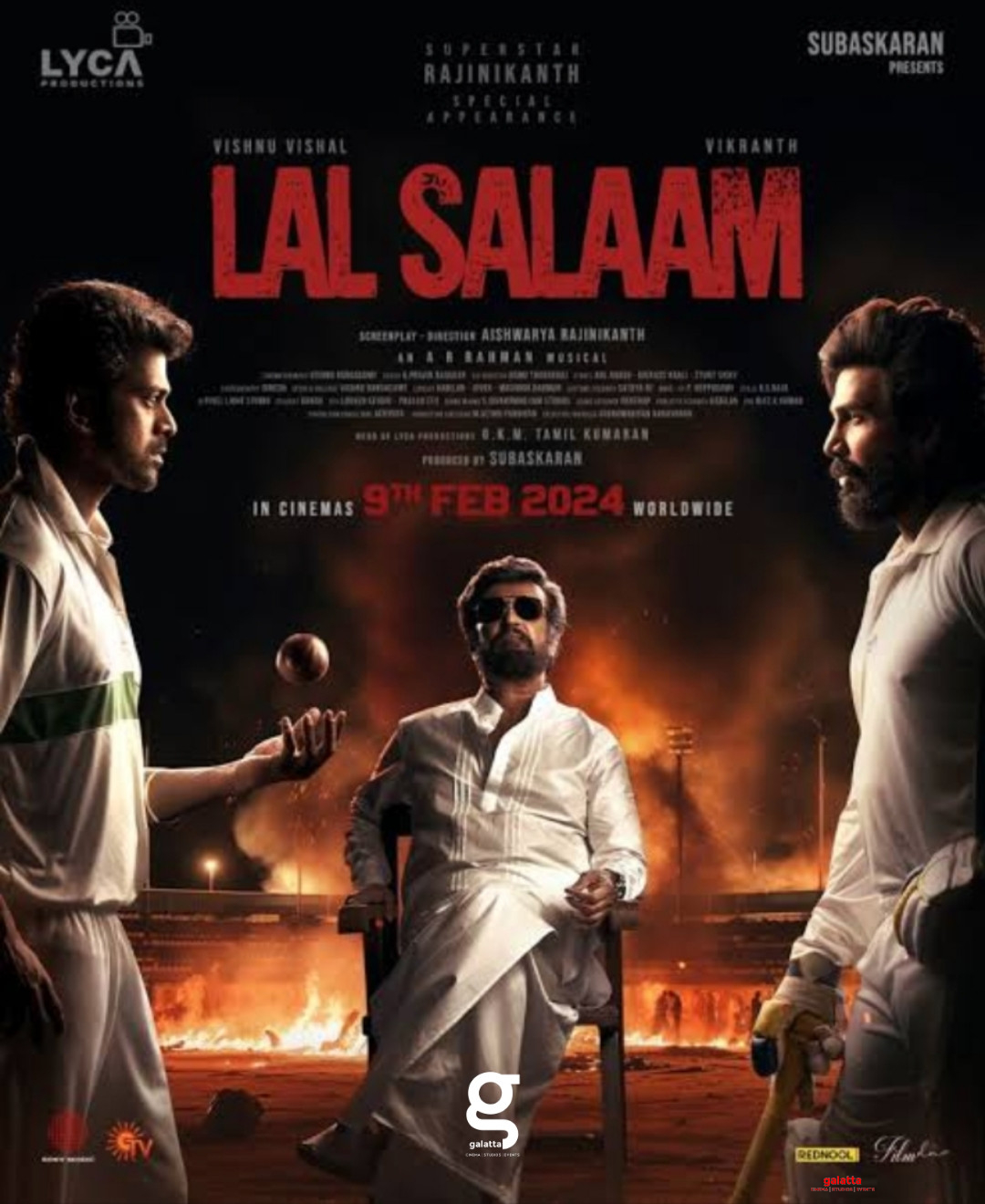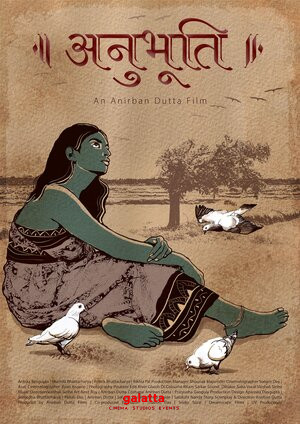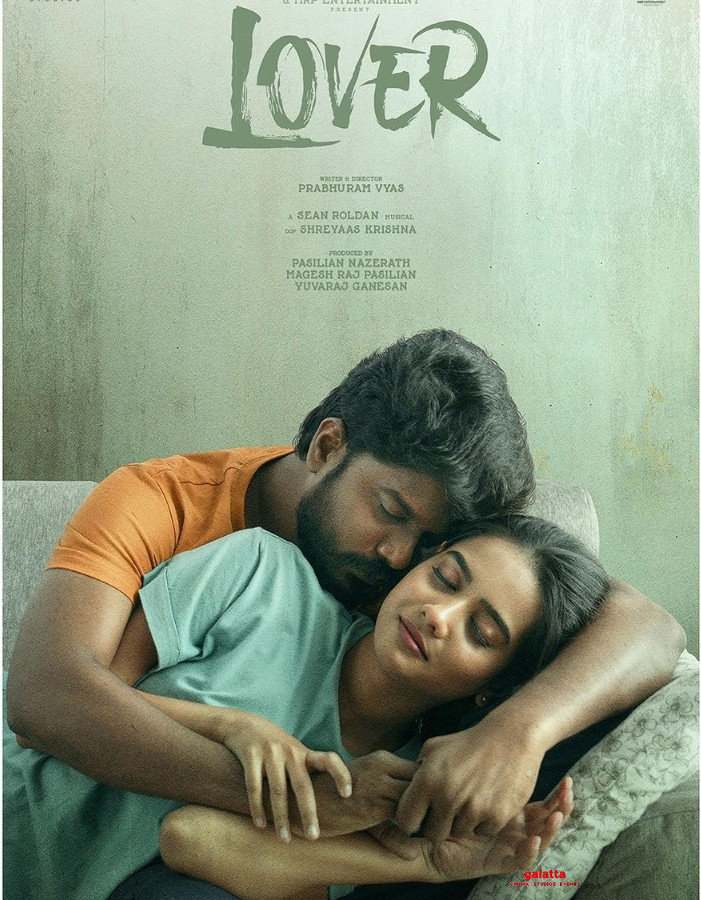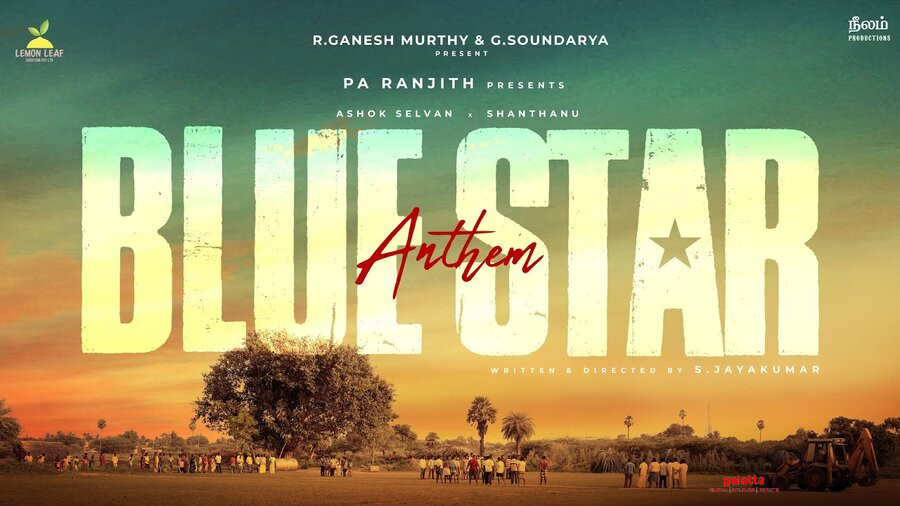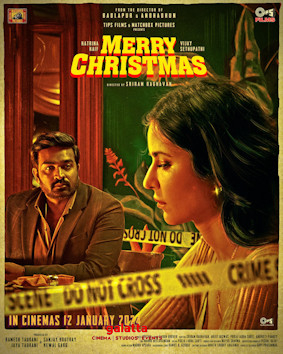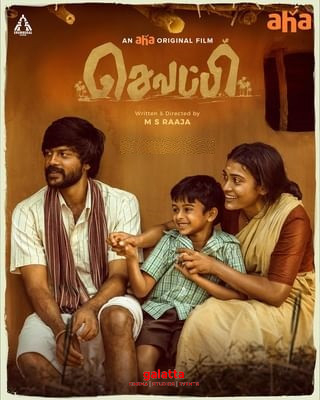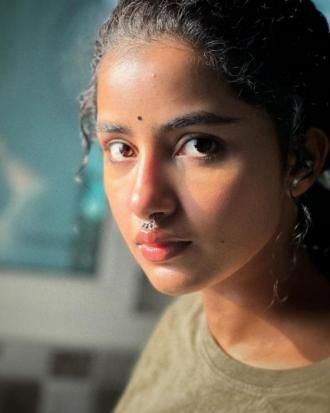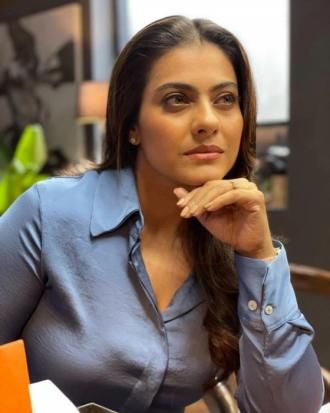Kottukkaali Movie Cast & Crew
To the extent that one can determine a “signature shot” from a filmmaker who is just two films old, PS Vinothraj’s second feature, Kottukkaali, opens with his… signature shot. In a 6-minute single take, we see a middle-aged woman walk from her house to a nearby shrine and walk back home, to her zombie-like daughter Meena (Anna Ben). It is daybreak: we see the blush of pink in the skies. It seems to be a village, but some of the fancier homes suggest that it’s a small town, perhaps. The fully clothed woman has poured water on herself, and given the visit to the shrine, it appears to be some kind of sanctification. Cinematographer Sakthivel captures this woman almost entirely as a silhouette – but when the occasional flashes of light fall on her face (and when we hear her feeble whimpers), we realise that she is in some kind of suffering.
Who is this middle-aged woman? What is her pain? Why did she go to the shrine? Like in his first feature, Koozhangal/Pebbles, Vinothraj makes us wait for the answer. He makes us wait almost an hour into this one-hour-forty-minute narrative for the exact answer. I was glad I watched an early cut of this powerful film, which has a final shot that rivals that of The 400 Blows as one of the greatest “non-endings” of cinema. Because the programme notes at the Berlinale tell us all about the premise, and that defeats the purpose of Vinothraj’s cinema – because his cinema is a cinema of discovery. In the usual films, the story and the accompanying events are so sprawling that a review – or a programme note – can afford to give away a few plot points. In a horror film, we’d say: “a girl is possessed by a ghost”, and that would not spoil our experience of watching the movie one bit. But Vinothraj works with the barest whisper of a “plot”, and to give it away is to kill our experience of the journey he takes us on.
Like Pebbles, Kottukkaali – translated as “The Adamant Girl” – falls broadly under the genre of “road movie”, in the sense that its characters start in one place and travel to another. But in spirit, we are on a journey. So here is the germ of the story: Meena was meant to get married to Pandi (Soori), but something happened: something about caste, something about superstition, something about tradition, something that tells us that women can be as patriarchal as men. In the present, the story begins as the journey begins, and the two families – Meena’s and Pandi’s – face a series of obstacles. They have to keep stopping along the way, and these delays give us a sense of both the interpersonal relationships between these people as well as their relationship to the culture of this region in southern Tamil Nadu. Along the way, there's also a mini-arc of the cycle of life, from a funeral pyre in the background to a young girl’s coming-of-age ceremony . (In this ceremony, the “thai maaman”, maternal uncle, plays a part, and this relationship finds an echo in the Meena-Pandi situation).
Road movies are about events, and we do get events in Kottukkaali. It’s just that these events aren’t always dramatic. They are sometimes geographical, like the revelation that a stretch of land along the way was barren, but now development has taken over and it’s filled with houses. A man laments that his brother prevented him from buying a plot in this stretch of land back then, probably because the brother did not want to see him prosper. A small passage like this – an aside, really – adds nothing to the main story, and it also means everything. It’s the milieu, the way people talk about each other, what they mean to each other. Even the way Pandi’s sisters talk – to one another, and to everyone else – tells us so much about this place and these people. At one point, we learn about a character who has renounced the world. At another point, we see men relieving themselves, the streams of urine splattering on plastic bags and withered leaves. No detail is insignificant.
And the questions keep coming. Who gave Meena the ring she wears? How did Meena get the scar on her throat? Why does Meena seem to see herself as a literal ‘other person’, as though a happier mirror image of her has been placed in front of her eyes? One of the few times we see Meera in a non-zombie state is when her lips move in a silent prayer, but who or what is this prayer for? Why does Pandi’s face fall for an instant when Meena catches him staring at her? When Meena lip-syncs the lyrics of a love song, why does that become such a major issue? A little boy – Pandi’s nephew – seems to be the only one shedding a tear for Meena, but when he grows up, will he become a misogynist like the others? After all, his mother does point out that he is like his father (though for a different, funnier reason).
The minor issues I had in Kottukkaali had to do with an over-emphasis we did not see in Pebbles. Sometimes, it is in the visuals, like the ones where we see Meena in the same frame with a rooster tied to a small rock. It’s the kind of symbolism that belongs in a lesser movie. A similar visual, involving a bull, takes a shot at masculine posturing – but again, it’s a little too obvious. But the bigger problem is in the dialogues. Vinothraj’s first film was a largely silent affair. Here, he handles many characters, and some of the exchanges spoon-feed the audience a tad too much. For instance, there is a scene where we are told one of Pandi’s sisters is having her period. This “telling” (or at least, the pointed way this conversation is constructed) is unnecessary, because, later, we see this woman in a wordless scene with a sanitary pad.
As a result, the supporting actors are largely effective, but do not rise beyond a certain level. But Soori and Anna Ben are magnificent. We need to give Vetri Maaran a shoutout for showcasing Soori as an actor, and for the first time, you see that he is actually a good-looking man. Earlier, because all he did was make funny faces, I probably never paid much attention to his looks. But a lot of his performance here (like Anna’s) is minimal and internalised – the faces resemble a series of still photographs, and we register Soori as we never have before. At first Pandi and Meena just exchange looks, and we are asked to project whatever we think on these faces. And when Soori has his big explosion, it’s as though the pent-up tension in the narrative itself is being released, and finally we are at the crux of the matter. Vinothraj hints that Pandi is possibly a decent man, but he is still a man – and in these parts, that comes with having to behave a certain way, the way men who came before you have behaved towards women and everyone else. After this outburst, we see a stream nearby, going about its business of carrying water. Nature doesn’t give a damn.
Anna Ben has the more difficult part because the emotional violence she has experienced has made her crawl into herself and shut herself up like a tomb. Again, with just a series of looks, an entire performance emerges. She has just one line in the whole film, but we feel her defiance, her determination in every frame she is in. The final stretch is dazzling. The group finally reaches their destination, and we see other girls like Meena, from all classes. (Meena came by auto; another girl came by car.) And after trailing people (or capturing them from the front), the camera assumes a point-of-view perspective. We see someone seeing things as they really are, and we sense the confusion. Do you do the done thing, or do you do the right thing? This is messaging of the highest quality, done without a word and entirely through visuals. Simply put, Vinothraj’s second film is another standout.


